

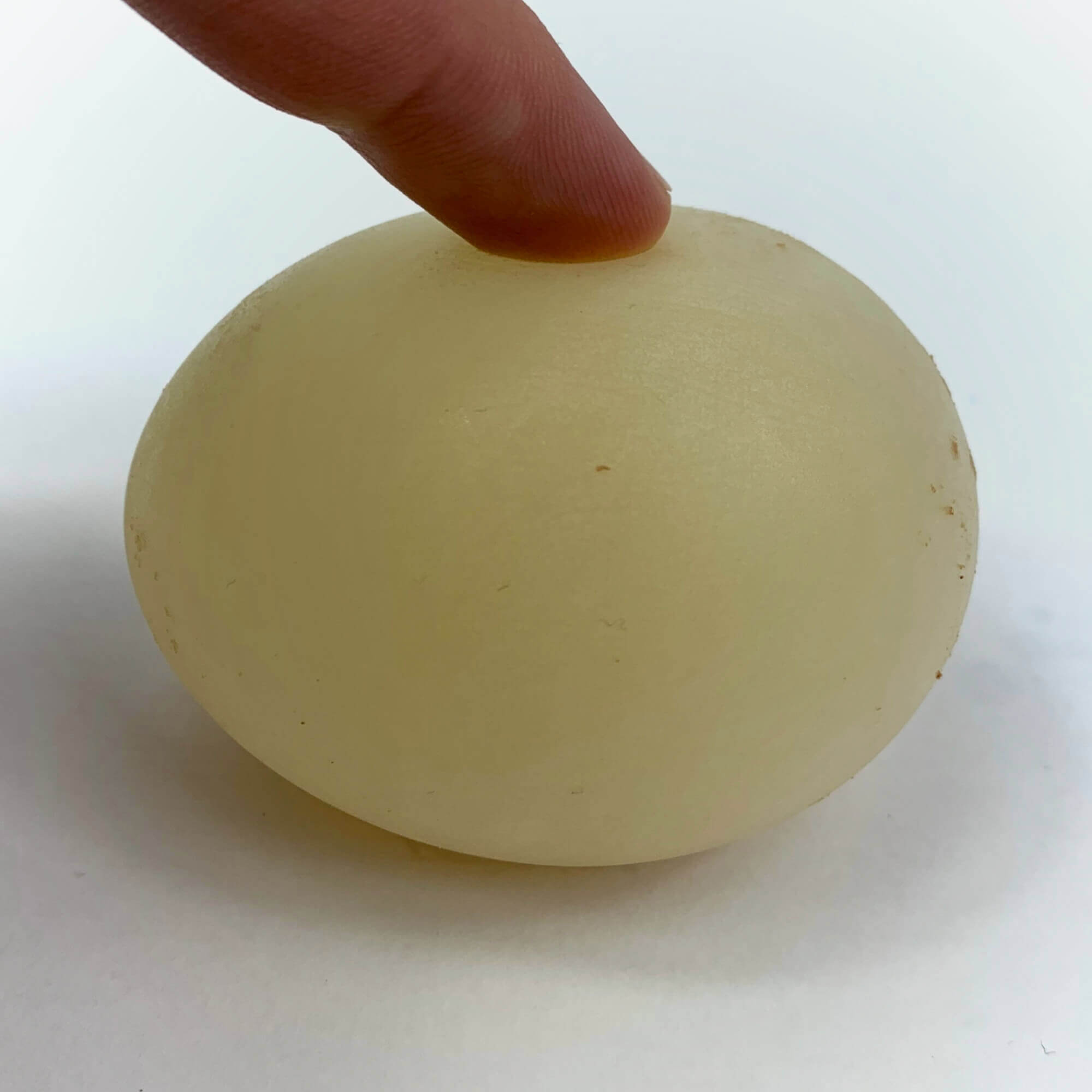
Chicken eggshells are made up almost entirely calcium carbonate (CaCO3), a common chemical compound also found in seashells, limestone, and pearls. Dissolve this layer to reveal and experiment with the two thin membranes that lie beneath it.
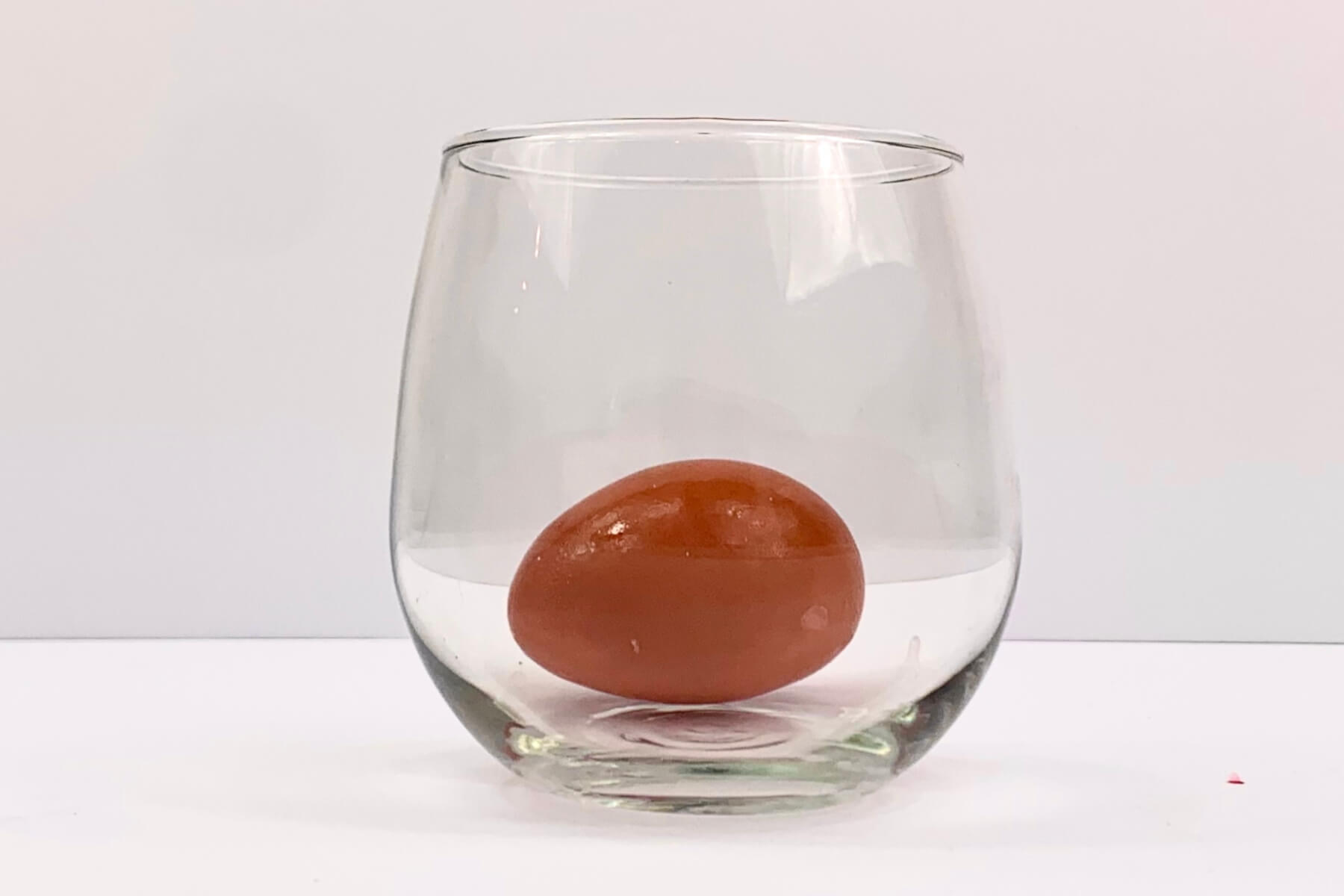
Place the raw egg at the bottom of the drinking glass. Be extra gentle so that you don't accidentally crack the eggshell.
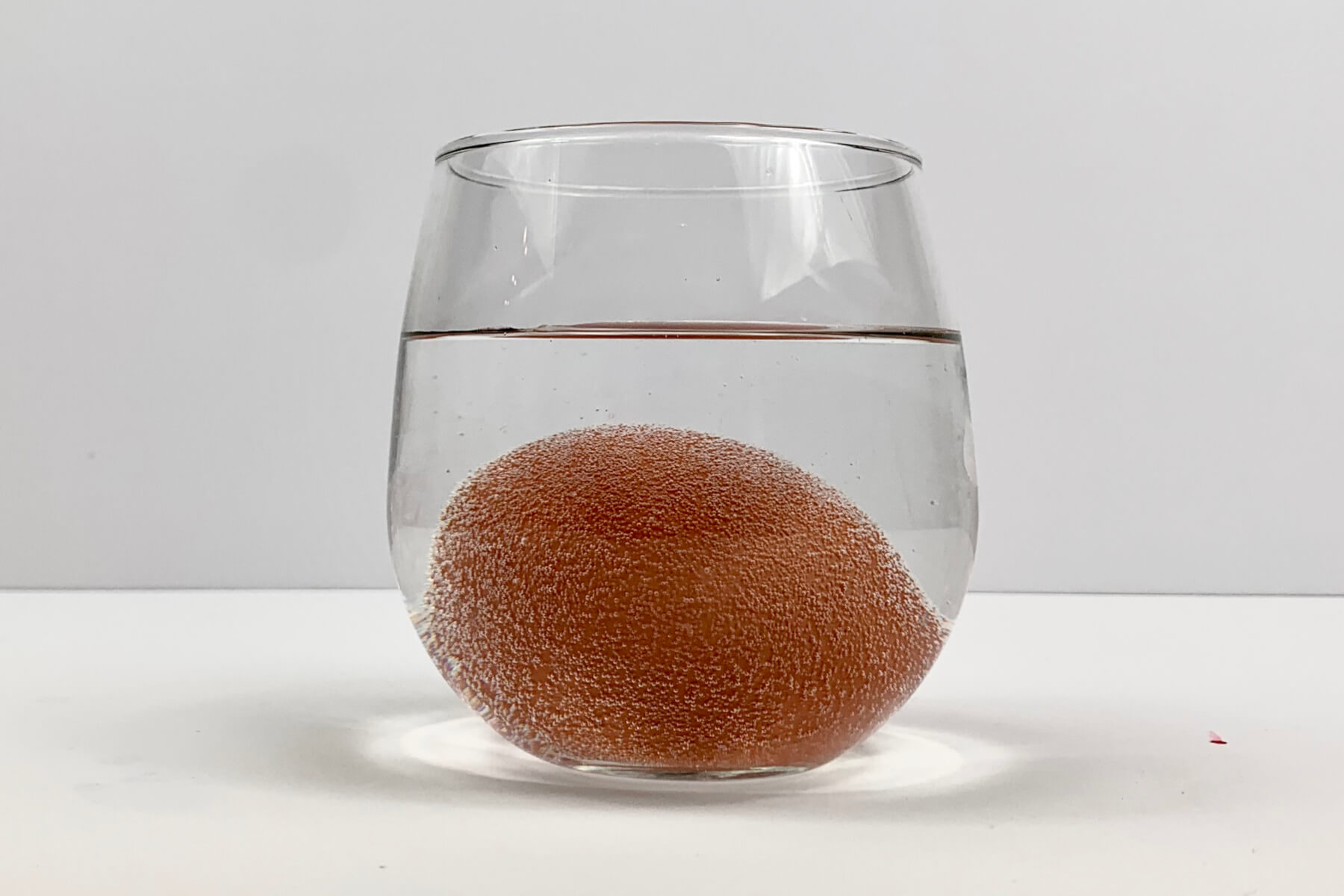
Pour enough of the distilled vinegar over the egg, just so that it's completely covered. Almost immediately you should see small bubbles of carbon dioxide forming all over the shell.
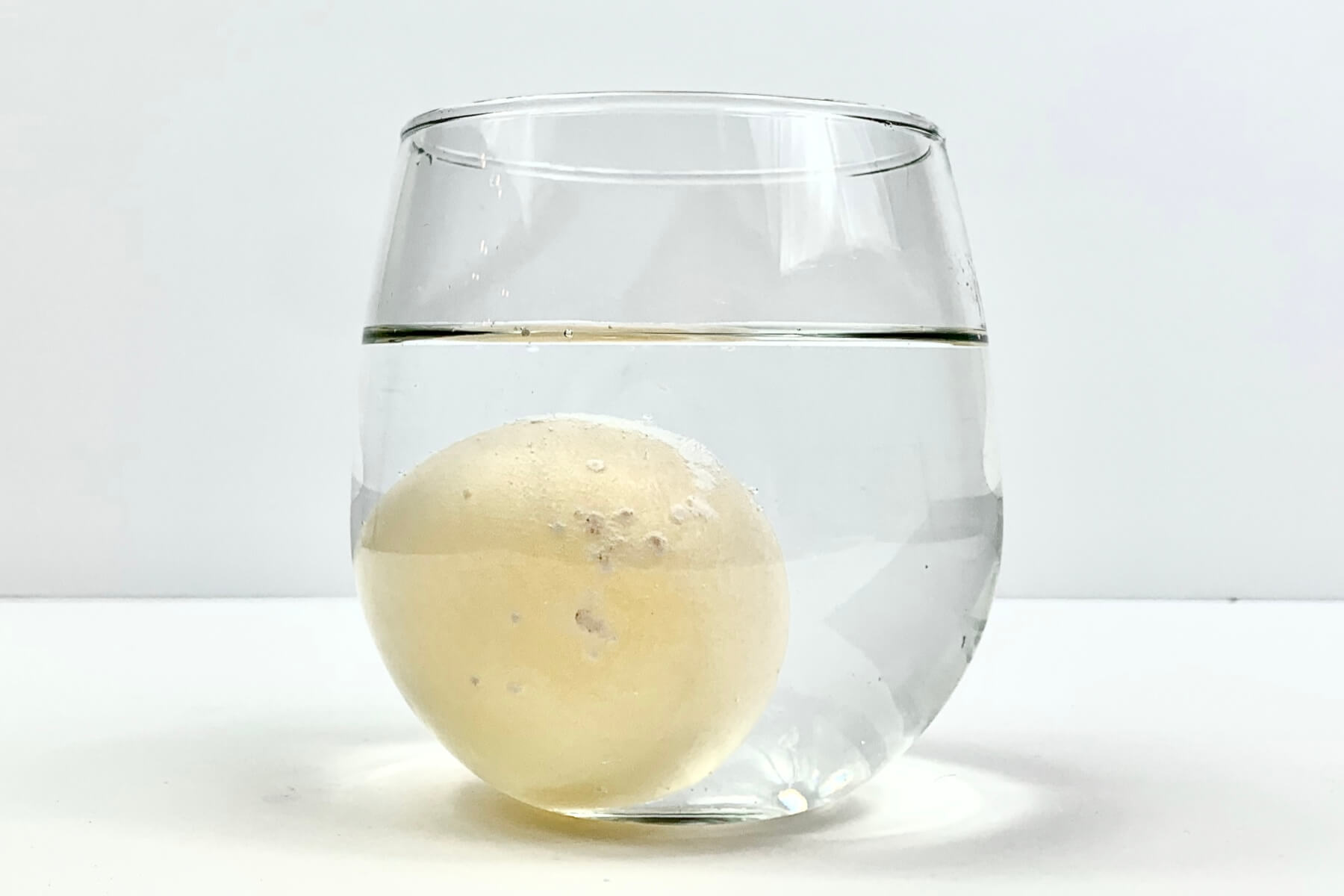
Now, the hard part... be patient! The shell may take up two whole days to completely dissolve. After about a day, the brown shell on our egg had turned into a slime. We rinsed the egg with some water and added fresh vinegar to continue the reaction.
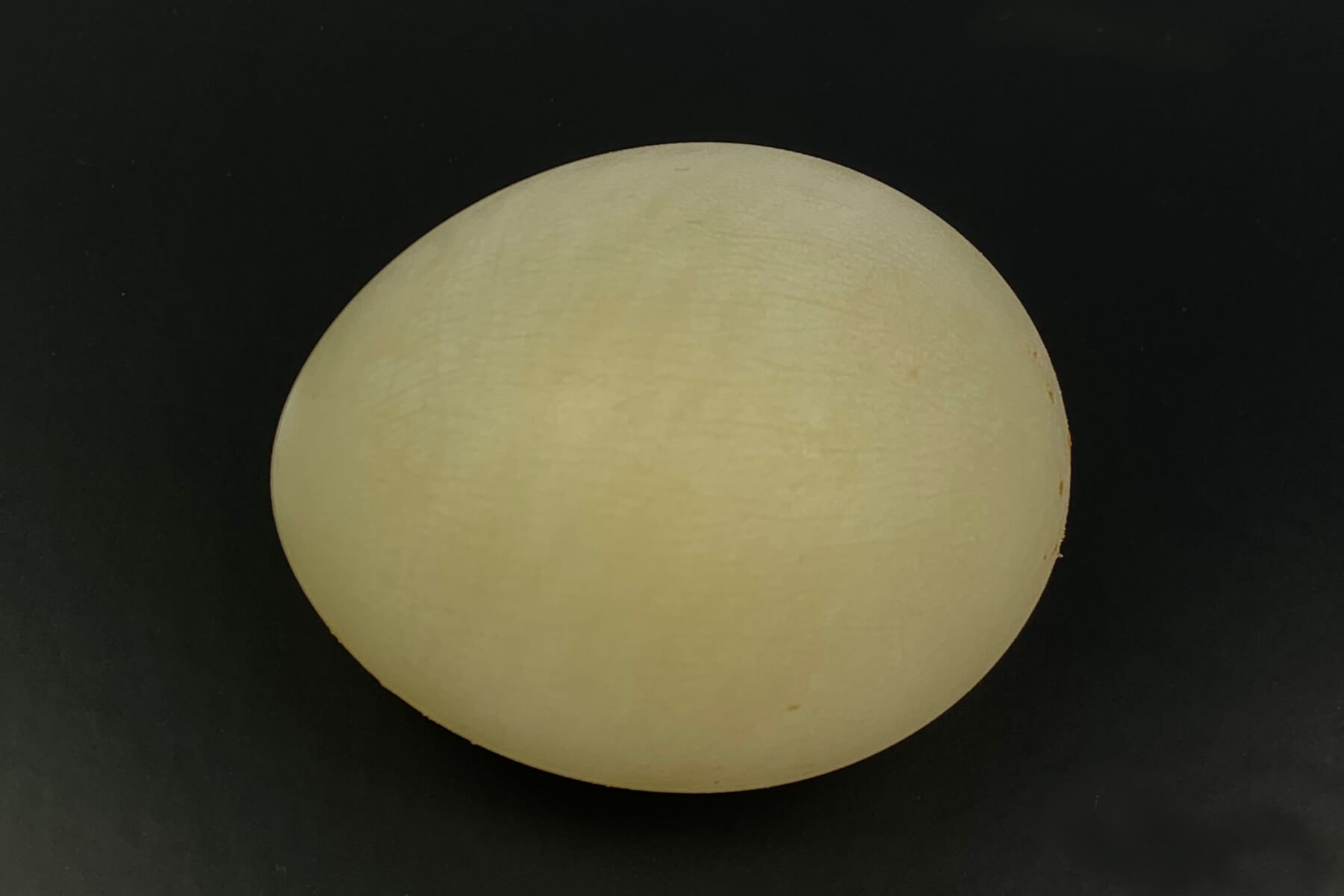
After the shell has completely dissolved, empty the vinegar from the glass and rinse the egg lightly with some water. Feel free at this point to remove your squishy egg from the glass in order to touch and observe it. Be extra careful, however, because the membrane that remains is fragile.
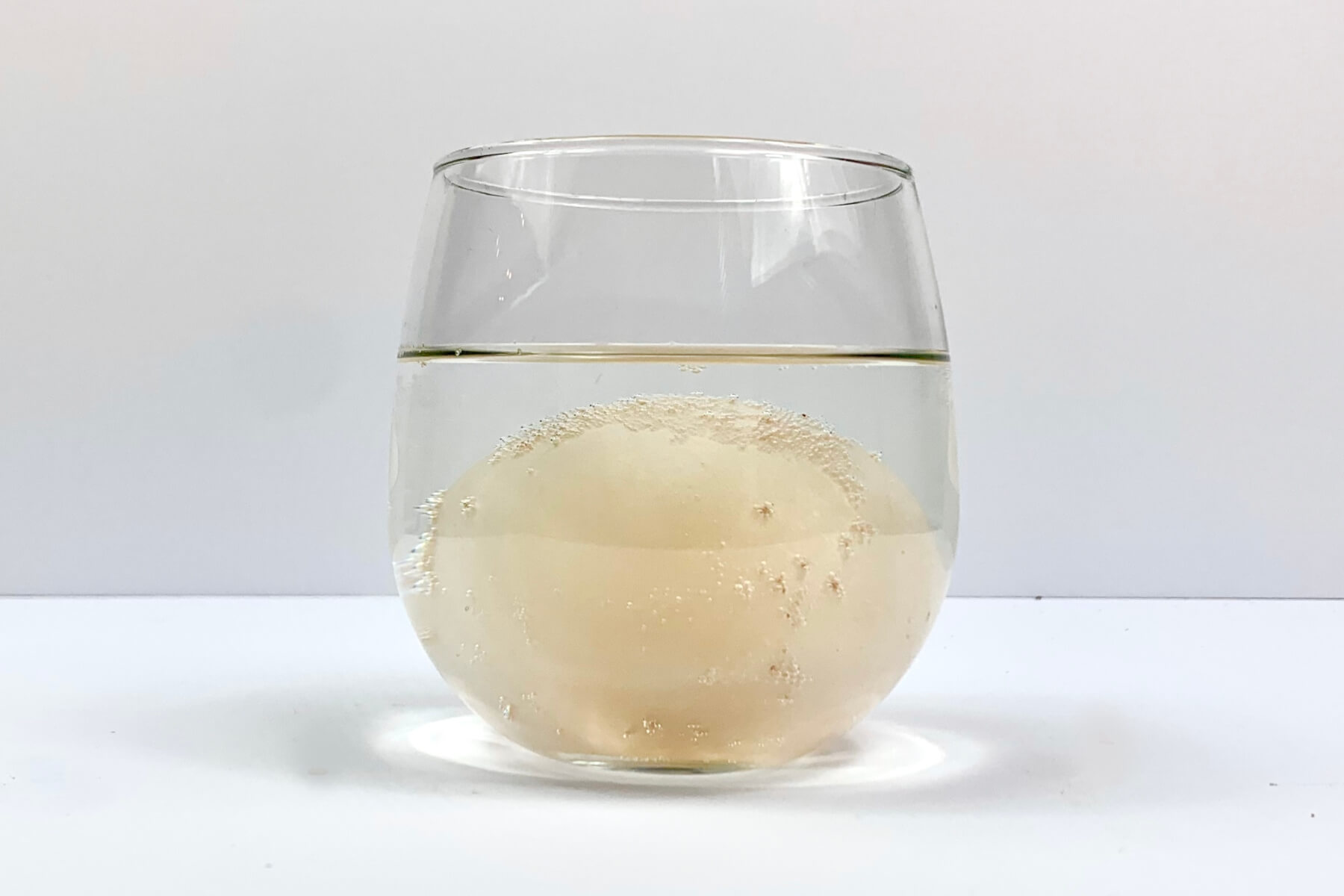
Now that we've taken a closer look at our squishy egg, we're going to go one step further and see how we can use it to observe a process known as osmosis, the movement of a fluid through a membrane. Return your egg to the glass and once again cover the egg, this time with water instead of vinegar.

Leave your egg in the glass for about a day, checking on it every now and then to observe its size. After some time you should notice that the egg is gradually getting larger as the water in the glass passes through the egg's membrane.
Calcium carbonate (CaCO2), the compound that eggshells are made of, reacts with acids to form carbon dioxide (CO2), water (H2O), and calcium ions (dissolved calcium atoms, with a net positive charge). In fact, it's because of this that calcium carbonate is the main ingredient in many stomach medicines: when your stomach is hurting, calcium carbonate can help neutralize some of your stomach acid and bring your stomach's PH, or level of acidity, back to a comfortable level. When we submerge the egg in vinegar, a weak acid, the eggshell "dissolves" into carbon dioxide bubbles, water, and calcium ions.

Now, an entire chicken egg won't just completely dissolve in vinegar. Chicken eggs are made up of several layers, starting with the eggshell and ending with the yolk. Between these layers, there are several others, including two thin membranes, as well as the egg white. The two membranes are covered in tiny holes, sort of like a strainer or sieve, and are responsible for deciding what's allowed in and out of the egg. Small molecules like water (H2O) can easily pass in and out through the holes, while larger molecules, such as proteins, can't fit.
Due to a process known as diffusion, particles generally like to move from high concentrations to lower concentrations. In other words, particles like to spread out as much as possible. However, when diffusion occurs through a semi-permeable membrane, these particles are too big to pass through the membrane and spread out. Instead, the solvent, or substance that has dissolved the particles (known as solute), moves through the membrane to the side with the greater concentration of solute particles, to try to spread them out that way. This process is known as osmosis.
After dissolving the eggshell, placing the egg in water allows us to observe osmosis in action. The insides of the egg, which contains various different substances such as proteins, carbohydrates, and fats, have a much higher concentration of dissolved molecules than the purified water. If it didn't, your water wouldn't be very pure! When we place the egg in water, because the molecules in the egg can't pass through the egg's membranes, the water molecules travel into the egg in an attempt to equalize the concentrations inside and outside the membranes.
You must be logged in to comment.